WADERS AND TERNS IN TIBSOC, NEGROS OCCIDENTAL
by Christian Perez
Birding Sites Editor
“A truly amazing place.” Ixi Mapua
“The star among Philippine coastal wetlands.” Arne Jensen
Imagine a vast expanse of tidal mudflats with thousands of waders and terns as far as the eye can see. This is what awaits you in Barangay Tibsoc, San Enrique, Negros Occidental. The site was only recently discovered by birders. I first heard about it from Bacolod-based WBCP member Lisa Paguntalan during the birdfest last December. Later, when I saw the results of the January 2013 Asian Waterbird Census (AWC), I decided I had to go. I based this article mainly on my visit there in mid-February with Leni Sutcliffe and Peter Bijlmakers, and on the results of the AWC.
The Site
San Enrique in located along the National Highway about 35 kms south of Bacolod City, or about 50 kms from the airport in Silay. Barangay Tibsoc is the southernmost of four coastal barangays in San Enrique. At low tide the beach is about 500 meters wide, and stretches south for about 2 kms from the river in San Enrique to the town of Pontevedra. The mud can be quite deep in some areas but there are sandy passages from the mangrove to the shore that allow visitors to walk easily with just ordinary sandals or booties. Once you are closer to the sea, the mud gives way to hard sand and it is easy to walk the whole length of the beach. In some areas if you want to get closer to some birds you will have to walk in the mud. The birds do not seem to mind the few people going around, and the local people do not seem bother the birds.
The tide is the most important factor in planning a trip to Tibsoc. You must be there at low tide. During high tide some birds hide in the mangroves while others move to nearby fishponds. Be aware of the time when the tide comes in as the water rushes over the mudflats and it is possible to get trapped behind deeper water. We had to walk back in a hurry around 11am, through knee-deep water in places.
The best time to visit Tibsoc is from October to April during the migration and wintering season. There is reason to believe that the peak in terms of number of species is around mid-February while to peaks in terms of number of birds is in October and April, although this will need to be supported by formal counts. The advantage of going in April is that many birds start to turn to their breeding plumage, and are more attractive and easier to identify.
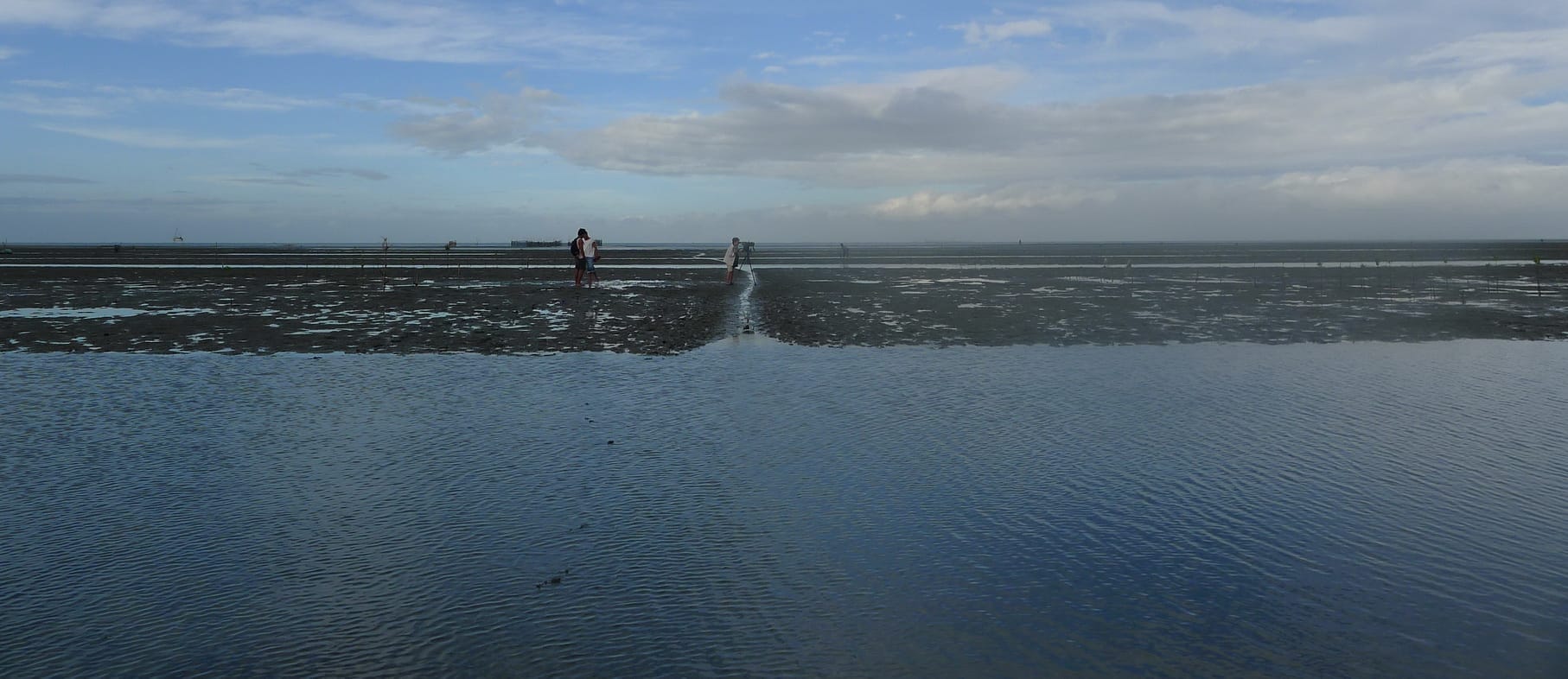
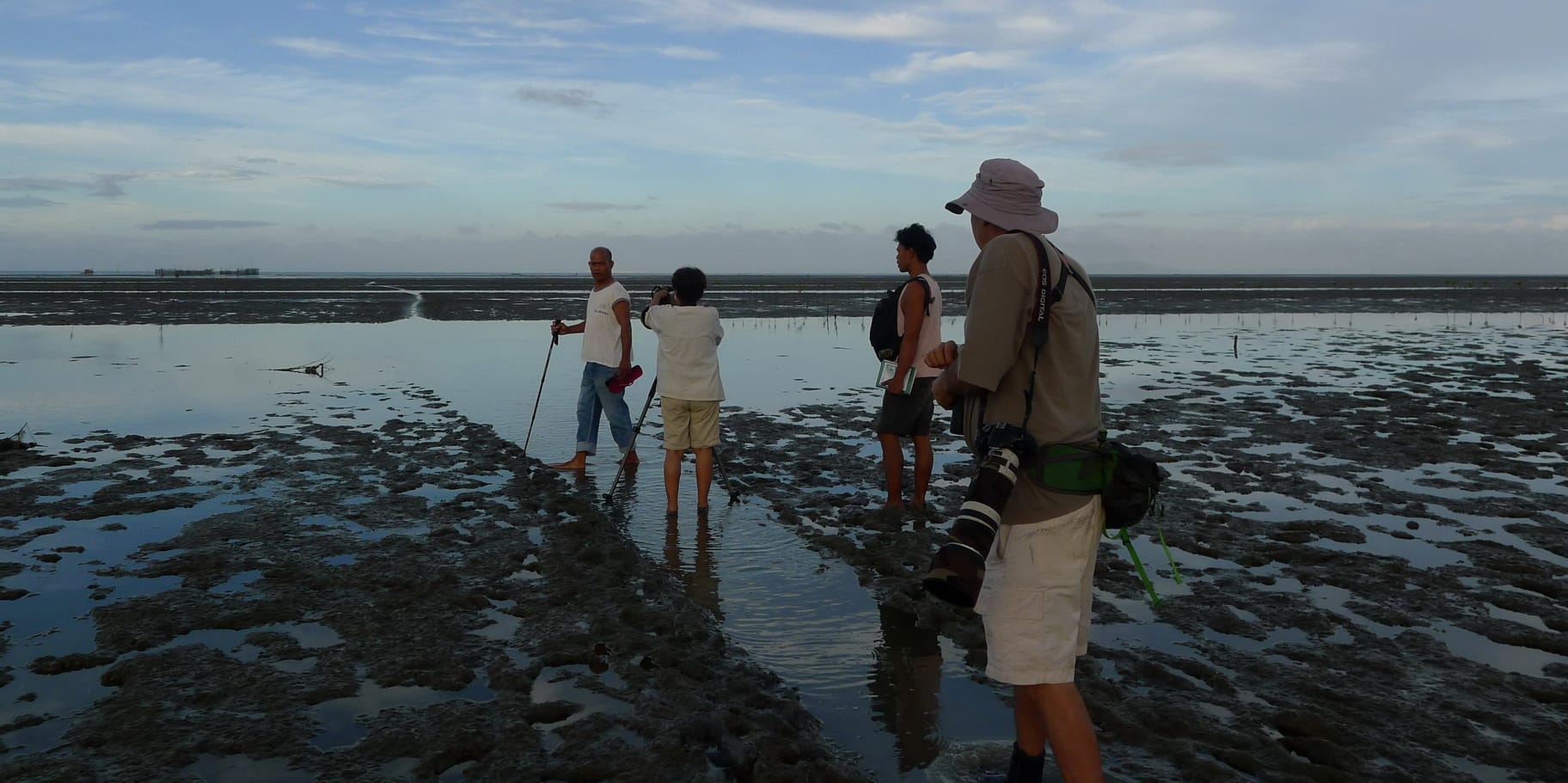

The Birds
What strikes first as you walk to the mudflats in the large number of Black-tailed Godwit, a bird considered near threatened by IUCN (International Union for Conservation of Nature). We saw hundreds, and 3500 were counted during the AWC in January 2013. Great Knot are also there in large numbers (1500 in AWC). Other waders seen in Tibsoc include Asian Golden Plover (1350 in AWC), and countless Kentish Plover, Lesser Sand-Plover, Greater Sand-Plover, and Rufous-necked Stint. The usual Little Ring-Plover, Whimbrel, Common Redshank, Common Greenshank, Marsh Sandpiper, Common Sandpiper and Grey-tailed Tattler are present. You might also spot a few Grey Plover, Far Eastern Curlew, Eurasian Curlew, Bar-tailed Godwit (much less common than the black-tailed), Ruddy Turnstone and Sanderling (running along the waterline). Of particular interest are the more uncommon Asian Dowitcher, Broad-billed Sandpiper, Curlew Sandpiper and quite a few Red Knot that were in starting breeding plumage in mid-February. The star of the waders is the Nordmann’s Greenshank. One was spotted and photographed by our group on 14 February and again on 24 February by Clemn Macasiano, and three were seen by Rob Hutchinson on 27 February. The Nordmann’s Greenshank is considered endangered by IUCN and is a rare sight in the Philippines. Two visiting British birders claim to have seen a Dunlin on 27 February, but this has not been confirmed. In any case, there is great potential in Tibsoc for rare or unusual waders.

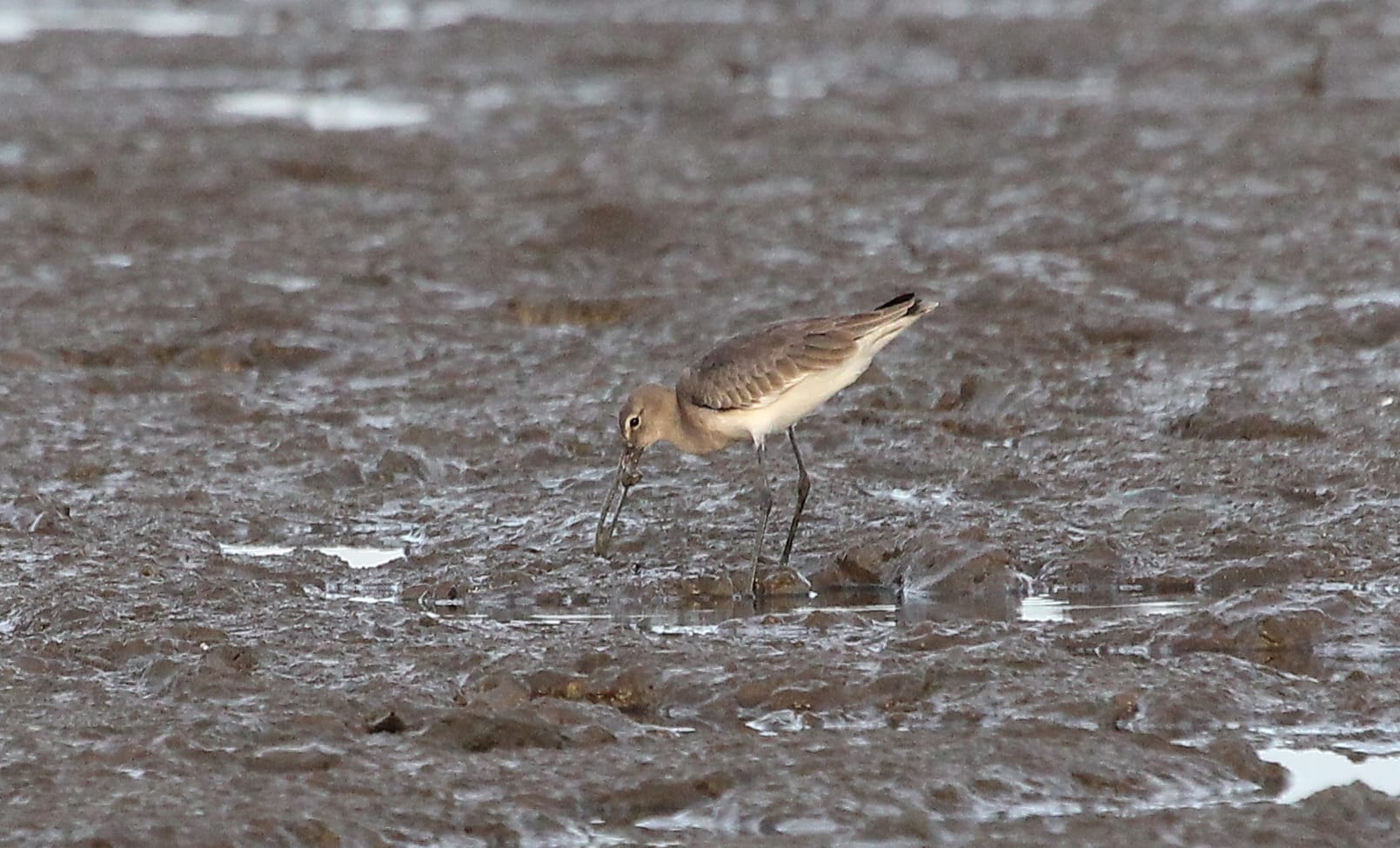


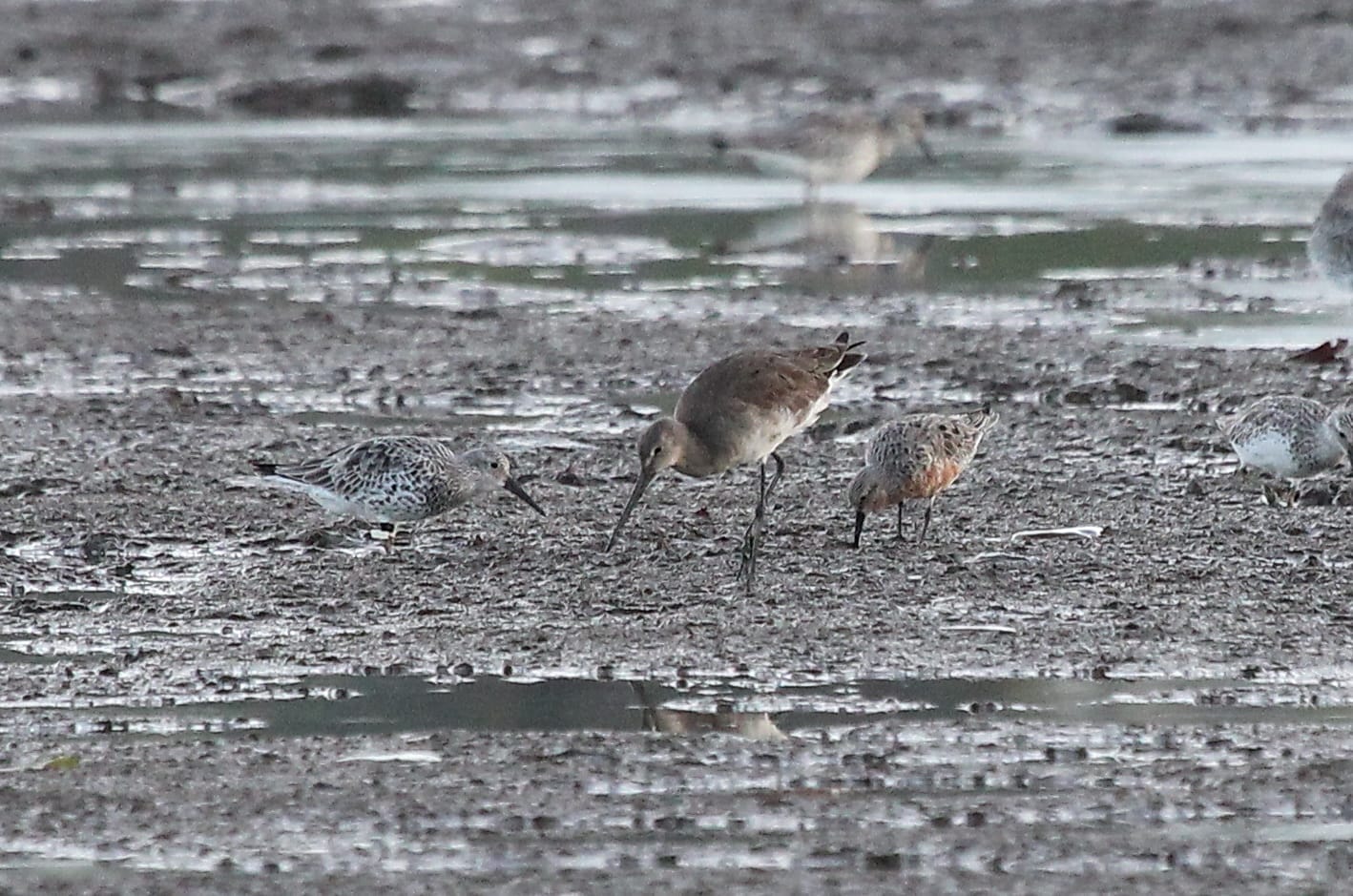
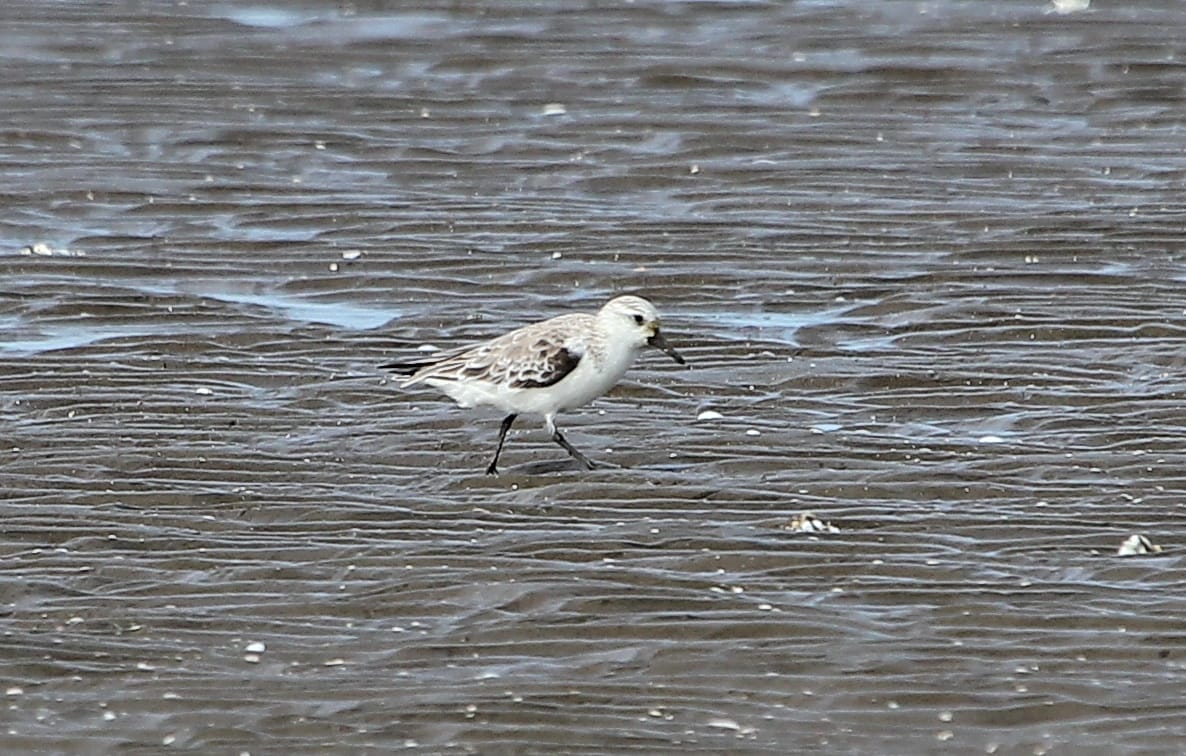
Terns seen flying around or standing on the beach near the water include Caspian Tern, Gull-billed Tern, Great Crested Tern, Common Tern, Little Tern and of course the ubiquitous Whiskered Tern. A single Black-headed Gull was also spotted on 14 February. Also seen on that day were two Chinese Egret, a few Little and Great Egret, several Javan Pond-Heron starting to turn into breeding plumage, a few Little Heron, and a lone Philippine Duck.


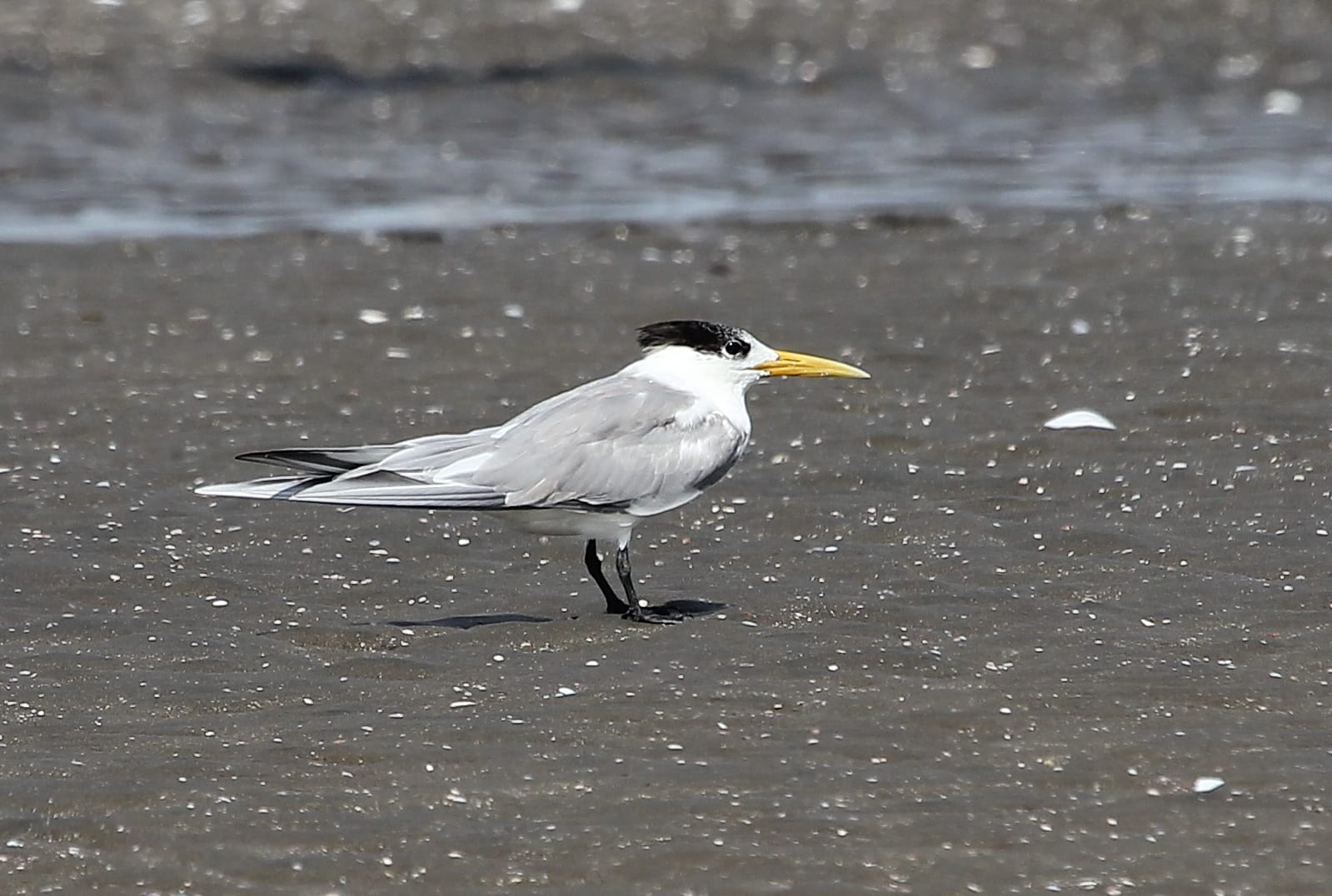

Practical Information
Tibsoc barangay captain Jose Quitco, the councillors and staff are extremely friendly and helpful, and are trying to encourage birdwatching in their area. The first thing to do if you plan a visit is to call Rose Faith Paas (Faith), Tibsoc barangay secretary at 0946 579 8992. She can facilitate arrangements for your visit. They also have an email address (jose.quitco@gmail.com) and a blog (http://tibsoc.blogspot.com/)
Faith can arrange to pick you up at Bacolod airport (a small van with driver cost us P5000 for two days excluding fuel). You can also hire a van or a taxi to San Enrique at the airport, or take public transportation. As mentioned earlier, San Enrique is about 35 kms south of Bacolod on the National Highway. Once in San Enrique, go to the Tibsoc Barangay Hall which is along the highway after the town proper. The barangay people will meet you there and accompany you to the site.
The Soleo Beach Resort in San Enrique has two large air-conditioned rooms for P950 each per day and a few cheaper non-aircon rooms. It is located on the beach north of the town proper and is managed by a New Zealander. Contacts are 0919 712 0208, (034) 457 3764 and soleobeach@yahoo.com. You can ask Faith to arrange for reservations at the resort. They have a restaurant with good food but do not open early in the morning. If you want to go birding at day break, you will need to arrange for breakfast somewhere else the day before. The breakfast was arranged by Faith during our visit.
The site http://www.tides4fishing.com/as/philippines/bacolod gives you the tides in Bacolod on a given day. Ordinary sandals or booties are suitable for the mudflats. I would strongly recommend that you bring one scope for each birder. You will find binoculars somewhat limited on that vast expanse, and you will want to spend all your time looking through your own scope properly adjusted to your height.
We only spent one morning on the mudflats of Tibsoc, but we were told that birding in the fishponds during high tide is also good, and that there are other sites with mudflats in other towns near San Enrique, so it might be worth spending more than a day and explore the area.
Ilog River Mouth
A nice side trip from Tibsoc is the mouth of the Ilog River, in Barangay Andulawan, Ilog, Negros Occidental, about 52 kms south of San Enrique. Arne Jensen, Lisa Paguntalan and Godo Jakosalem conducted the AWC in the mudflats on both banks of the Ilog River mouth in January 2013. It is not an easy walk as the mud is up to knee-deep in places and you need to use boot or booties. This walk must be done at low tide.
It was high tide when our group was there in mid-February and the flats were under water. However a sand bar on the right bank of the river about 300 meters into the sea was used as a high tide roost by hundreds of birds, and we birded there the whole afternoon.
The waders and terns seen in Ilog were very much the same as in Tibsoc, some in larger numbers, some in smaller numbers, so I will not repeat the list here. Those not seen in Tibsoc but reported during the AWC are Malaysian Plover, Little Curlew, Terek Sandpiper, Long-toed Stint and Ruff. Ducks seen during the AWC included Green-winged Teal, Philippine Duck, Eurasian Wigeon, Garganey and Northern Shoveler.
The contact for a visit to Ilog is Lucia Salazar (Luz), Forester, PAWC/CENRO/DENR, in Kabankalan, a few kilometers from Ilog. Her number is 0939 904 8256. Faith might also be able to make the arrangements for a trip to Ilog from San Enrique.


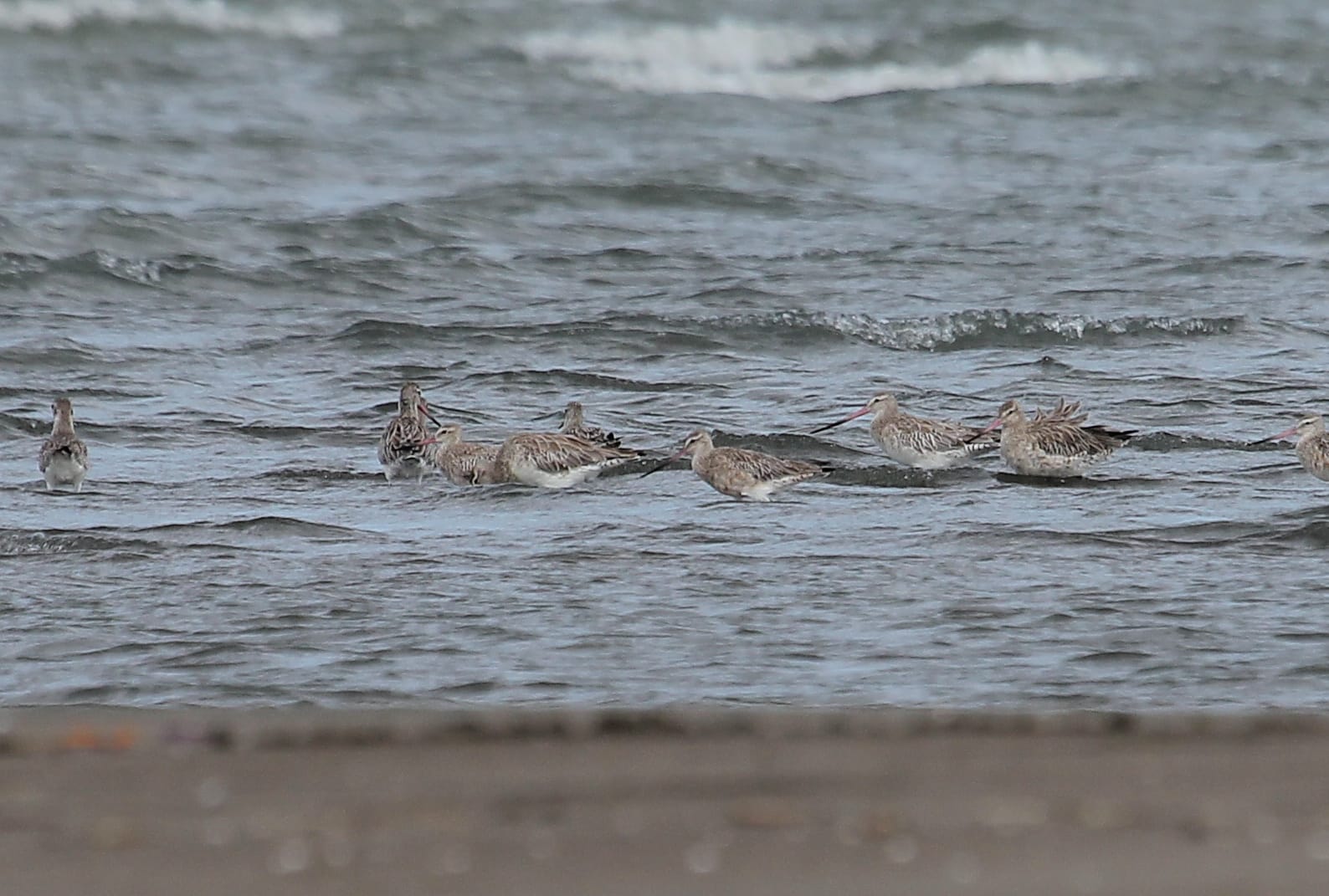
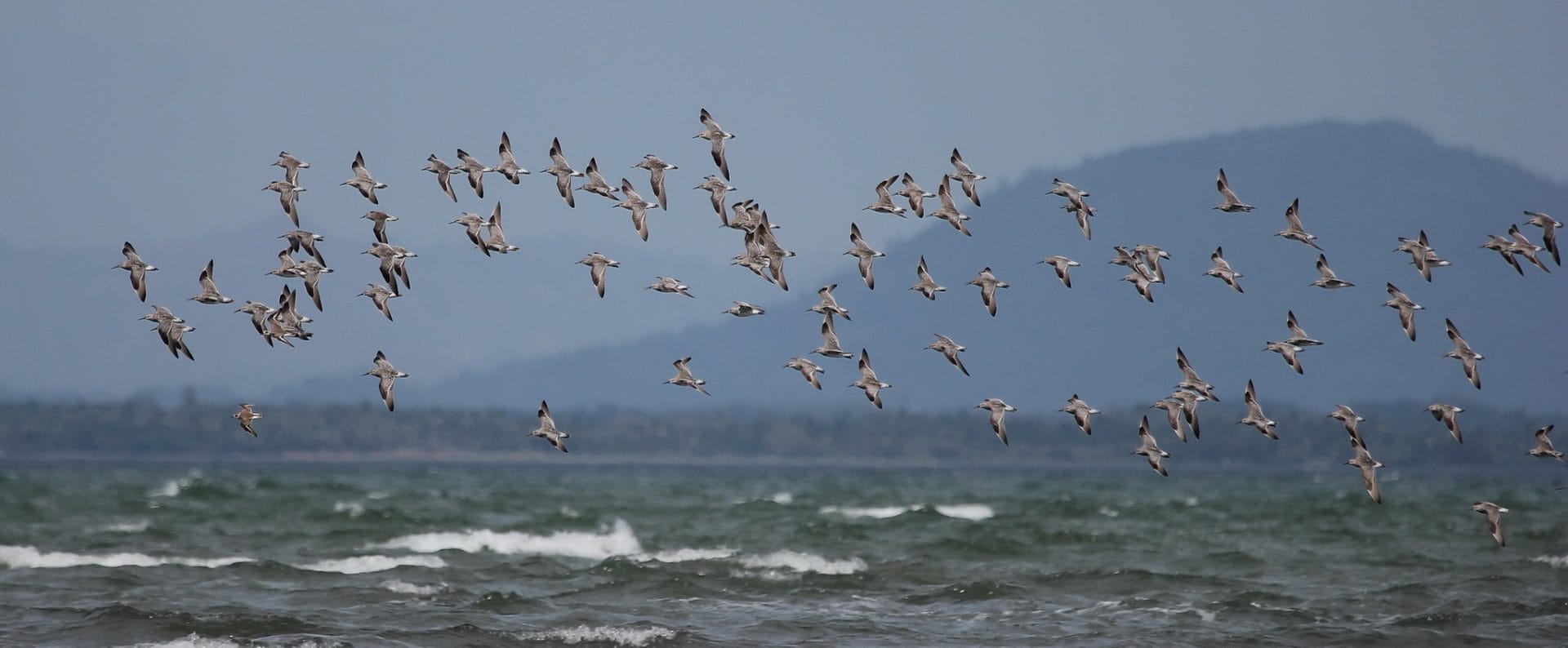
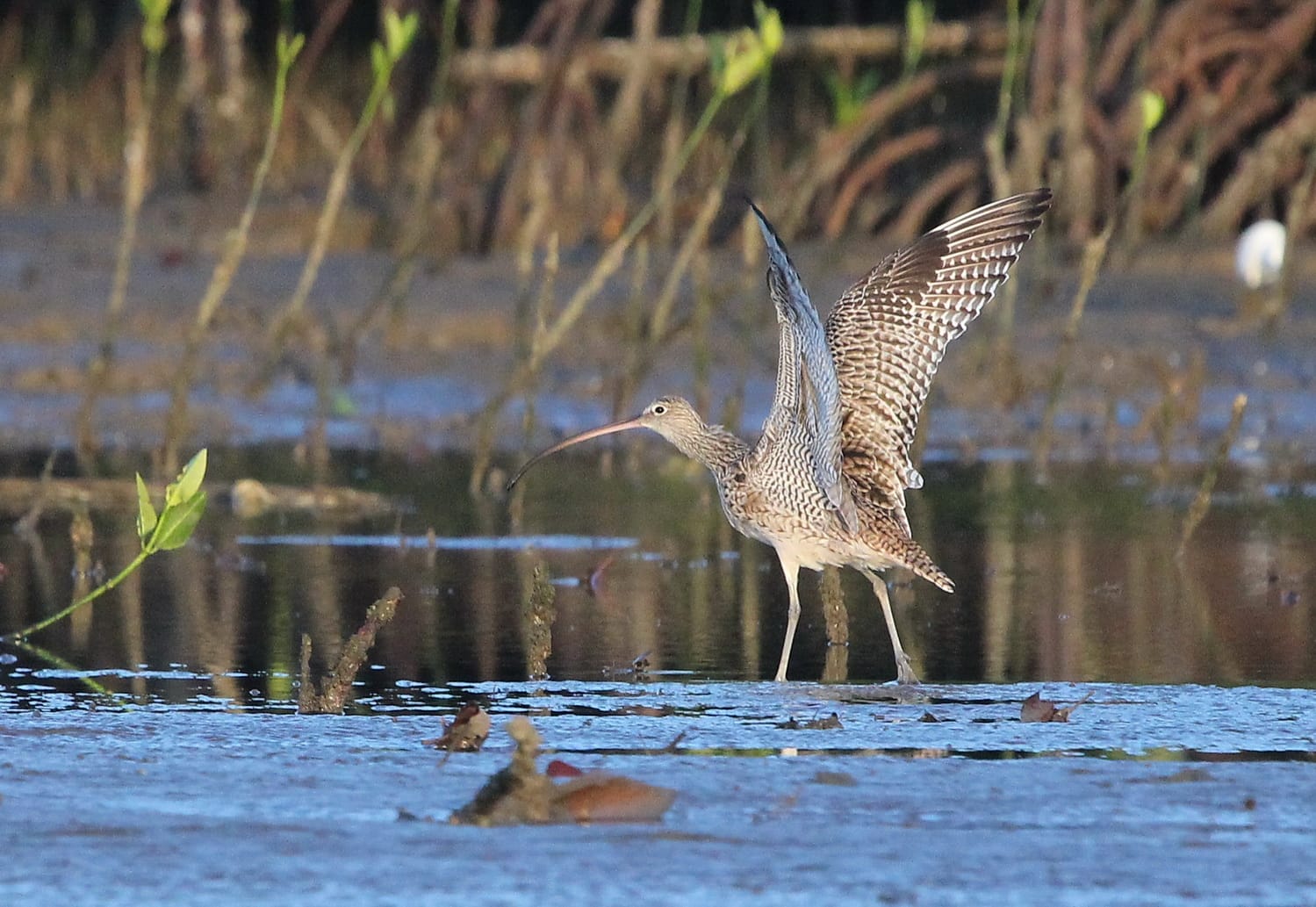
A trip to Tibsoc during the migration season is a must for all Philippine-based birders. I wish to acknowledge here the extraordinary welcome we received from the officers and staff of Barangay Tibsoc, in particular Faith and her sister Rosa Aura Jereza. We experienced true Ilonggo hospitality.


Pingback:MARCH 2013 | e-BON
Awesome ,can’t wait to go home to experience birdwatching in our hometown .